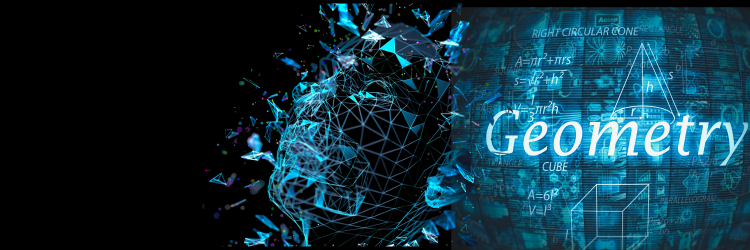Google DeepMind’s AI System Solves Complex Geometry Problems
Where was DeepMind when I was knee-deep in my college geometry class—a class I would likely not have passed if my teacher hadn’t included a student’s effort as part of the score, even if my conclusion was wrong?
Now, Google’s DeepMind AI system solves complex geometry problems; a giant leap toward machines with human-like reasoning.
Math has challenged AI researchers. Compared to text-based AI models, there is significantly less training data for mathematics because it is symbol-driven and domain-specific, explained Thang Wang, a co-author of the research published in Nature. Math requires logical reasoning, making it an important benchmark to gauge progress in AI intelligence.
DeepMind’s program, named AlphaGeometry, combines a language model with a type of AI called a symbolic engine, which uses symbols and logical rules to make deductions. Language models excel at recognizing patterns and predicting subsequent steps in a process but don’t have the rigor required for mathematical problem-solving. The symbolic engine is based purely on formal logic and strict rules, allowing it to guide the language model toward rational decisions. The approaches work together to solve difficult mathematical equations and mimic how humans work through geometry problems.
When presented with a geometry problem, AlphaGeometry attempts to generate a proof using its logic-driven symbolic engine. If it’s not able to do so using the symbolic engine alone, the language model adds a new point or line to the diagram, opening additional possibilities for the symbolic engine to continue. This cycle continues until it finds a verifiable solution.
To train AlphaGeometry’s language model, the researchers had to create training data to compensate for the scarcity of existing geometric data. They generated nearly half a billion random geometric diagrams and fed them to the symbolic engine. This engine analyzed each diagram and produced statements about their properties. The team organized these statements into 100 million synthetic proofs to train the language model.
The implications span fields that rely on geometric problem-solving, such as computer vision, architecture, and even theoretical physics. While AlphaGeometry can solve problems found in “elementary” mathematics, it can’t grapple with advanced, abstract problems taught at university. I guess I would still be out of luck in my plane geometry class.

